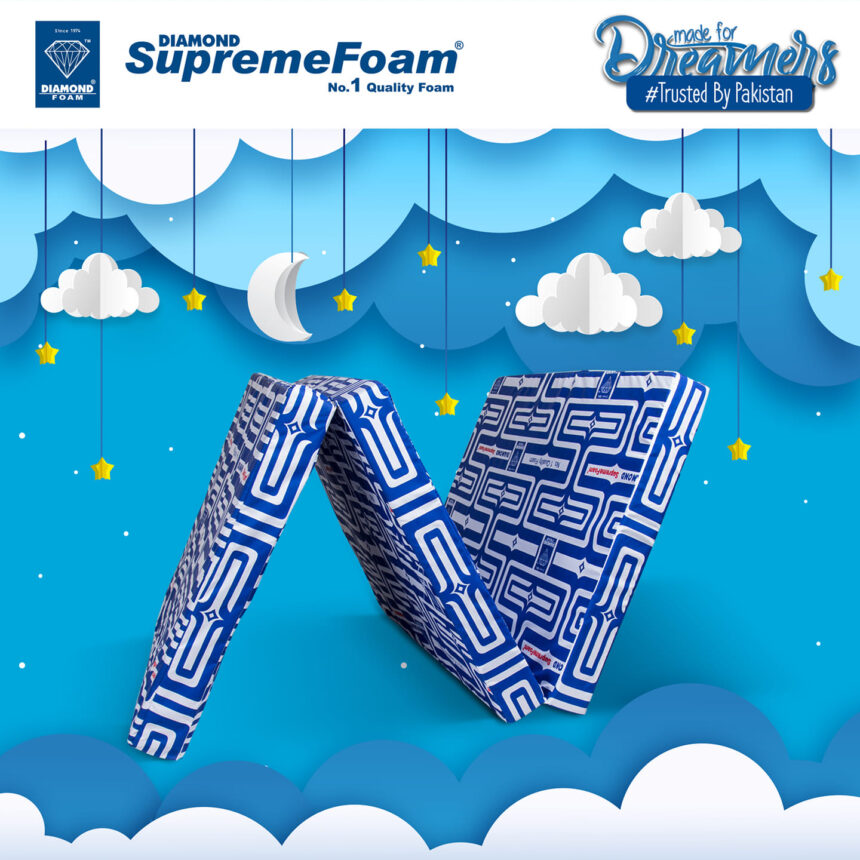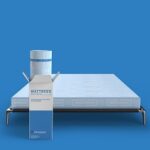If you need to roll up and transport the mattress – to the country, to a new apartment or any other place – you should do it carefully. Some products can be easily spoiled if you do not prepare suitable conditions for them. And improper transportation will cause a lot of trouble, so we recommend thinking through everything in advance to avoid common mistakes. Next, we will tell you what risks there are during transportation, and give tips that will help you avoid them. Do not neglect them so that the products last longer and do not lose their important characteristics.
Risks When Transporting A Mattress
If everything is done correctly, then there will be no problems with the mattress. But if you make mistakes, the risks of spoiling the product are high. The most common problems are as follows:
Mattress Wetting
This is a common consequence if the product is not packaged and at the same time transported with other things and materials. For many structures, wetting and penetration of liquid into the fillers becomes fatal. Because of it, dampness accumulates inside and mold forms, an unpleasant smell appears.
Note: Explore our folding mattress range and great prices—visit our website to learn more!
Avoiding this problem is easy: use two or three layers of film for packaging, because single-layer packaging can easily be damaged. Also, you should not transport the mattress near potential sources of liquid. It is best to place it next to furniture or other large objects that do not pose a danger to the materials of the product.
Impregnation Of The Product With Undesirable Odors
Many soft materials absorb odors that take months to disappear, especially if they are strong. During transportation, this can easily happen if the product could not be well packed and something from food, perfumes, household chemicals, medicines got on the surface. Sometimes even direct contact is not needed, since the smell of the same paint and varnish products is acrid in itself. If it is present in the car when transporting the mattress, then the product will already suffer. The same goes for the smell of smoke and other “aromas” that are quickly absorbed into materials and stay there for a long time.
Deformation, Destruction Of Fillers
A common problem is the destruction of rigid materials when twisting the structure. The most fragile layer is coconut coir. If it does not have latex impregnation, then you cannot twist the product at all. In this case, the destruction of the coir is almost guaranteed – it will crumble into dust, which will make the mattress unsuitable for further use. In order not to take risks, we recommend transporting a mattress with a coconut layer without twisting, in its natural state.
Spring products should also be twisted more carefully. If necessary, then you need to wrap the mattress not too tightly, otherwise there is a risk of breaking individual elements. The integrity of the springs is unlikely to be broken, but some of them can unexpectedly “shoot” and spoil the fillers. At the same time, it is no longer possible to return the spirals to their place – this means that the mattress will fail completely with such a deformation.
Proper Preparation Of The Mattress For Transportation
We have collected the basic recommendations that will allow you to properly prepare and deliver the mattress to any place you need. This is more difficult to do than to bring a new product home from the store. The fact is that goods in production are packed by special machines. At the same time, manufacturers often use vacuum packaging. It is necessary to vacuum the mattresses so that they take up less space, and before that, many models are compactly rolled. This is done even with products with independent springs. It is no longer possible to repeat the same process manually – it will not be possible to twist the spring mattress into a small roll. But you can take a number of actions that allow you to transport any product with the least risks, and vacuum in this case is not required.
Packaging Materials
To protect the mattress, choose the right materials. Thick PVC film, as well as bubble or cling film, are suitable. In order not to stain the product and protect it from unnecessary odors, it is wrapped in two or three layers of the selected material, and the joints or simply unreliable areas need to be carefully fixed with ordinary tape.
Such packaging is quite reliable, but be careful when removing it. Use a knife or scissors carefully to avoid damaging the cover when cutting the film, especially if it fits very tightly to the surface.
Choosing The Right Transport
The characteristics of transport depend on the characteristics of transportation. If an orthopedic mattress is twisted and compactly packed, then it will fit in the trunk of a car. It can be easily transported even in a car without a trunk, just in the back seat. Single, one-and-a-half and even double products can be folded into the cabin.
Mattresses that are not recommended to bend require more space for transportation. They need a semi-trailer or a small truck. A well-packaged product, if it was hermetically wrapped, can be transported on the roof of a car. This method is suitable only if there is a special trunk, to which the structure is tied using additional fasteners.






